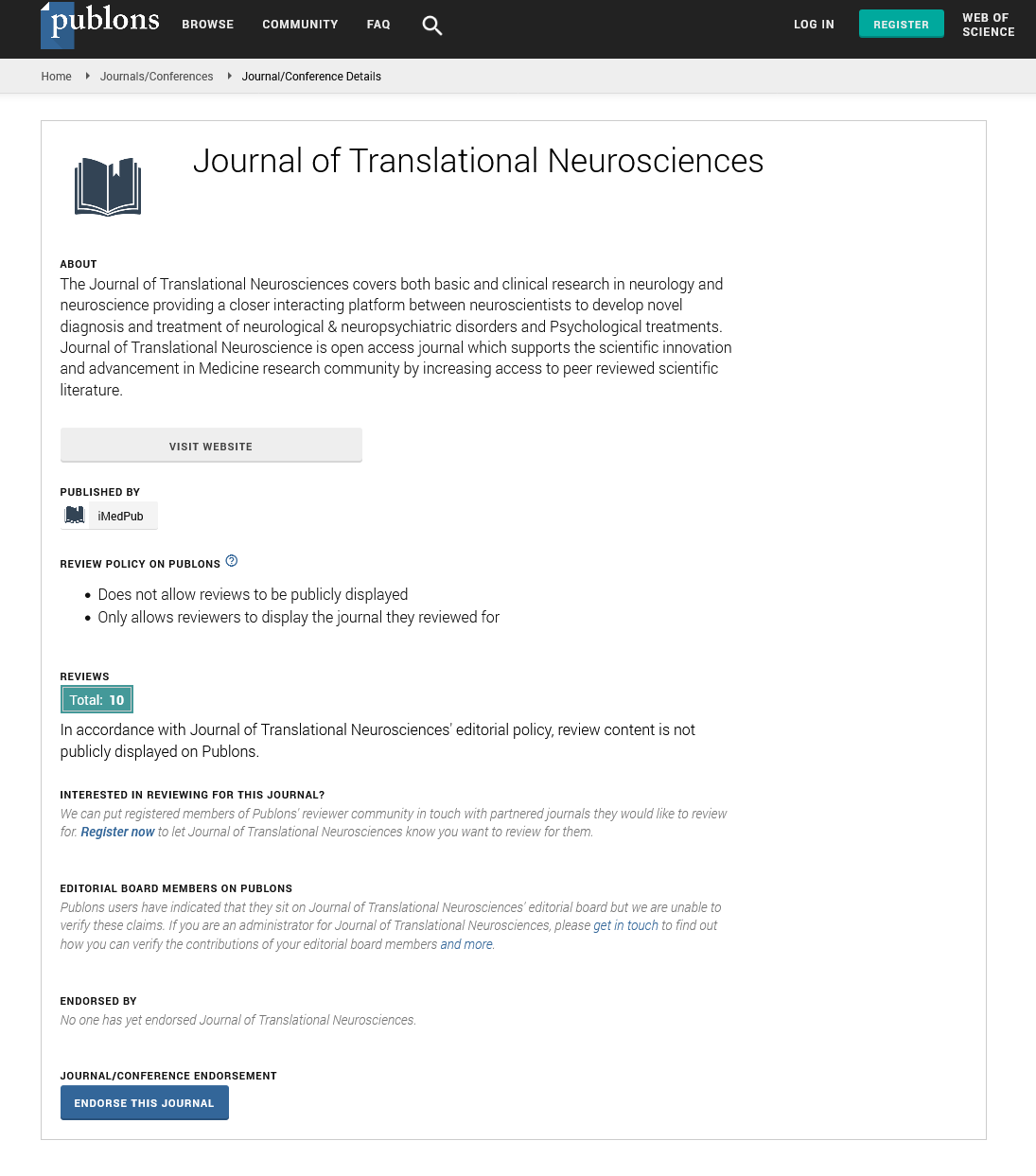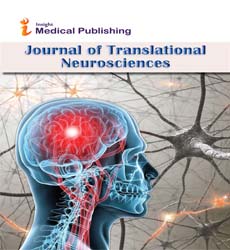Abstract
Effects of Ovariectomy and Estrogen Replacement on Expression of Brain Vasotocin Receptor Subtype Genes in the Catfish Heteropneustes fossilis
Ovariectomy and estradiol-17β (E2) replacement are classical approaches to study E2 feedback relationships on the brain-pituitary-neuroendocrine axis. Earlier studies in the catfish have shown that ovariectomy decreased brain and plasma vasotocin (VT) levels; a low dose of E2 replacement restored, but high doses further inhibited the VT levels. The feedback effects of E2 on VT secretion were similar to that on gonadotropin secretion. Previously, we have studied the expression of VT receptor gene subtypes (v1a1, v1a2 and v2a) in the brain, which showed seasonal sex dimorphic variations. But studies on the effect of E2 on VT receptor subtype gene expression are lacking in teleosts. We used ovariectomized-E2 replaced catfish model to demonstrate E2 effects on brain VT receptor gene expression. The experiment was conducted in the gonad active phase (prespawning phase). Ovariectomy (Ovx) for 3 weeks decreased the expression of v1a1 and v1a2 but not of v2a. A low dose of E2 (0.1 μg/g BW) replacement reversed the effect of ovariectomy and restored the expression of v1a1 and v1a2. A high dose of E2 (0.5 μg/g BW) replacement did not alter the transcript level of v1a1 compared to the Ovx-vehicle group but increased the v1a2 expression compared to the Ovx control group, lower than that of the sham control group. But the low and high doses of E2 replacement did not alter the v2a receptor transcript level. In conclusion, E2 modulates only the expression of V1a type receptor gene paralogs. VT may elicit the estrogen-dependent reproductive and behavioral effects through the V1a type receptors.
Author(s):
Rawat A, Chaube R and Joy KP
Abstract | Full-Text | PDF
Share this

Google scholar citation report
Citations : 46
Journal of Translational Neurosciences received 46 citations as per google scholar report
Journal of Translational Neurosciences peer review process verified at publons
Abstracted/Indexed in
- Google Scholar
- JournalTOCs
- China National Knowledge Infrastructure (CNKI)
- Publons
- Secret Search Engine Labs
- Euro Pub
Open Access Journals
- Aquaculture & Veterinary Science
- Chemistry & Chemical Sciences
- Clinical Sciences
- Engineering
- General Science
- Genetics & Molecular Biology
- Health Care & Nursing
- Immunology & Microbiology
- Materials Science
- Mathematics & Physics
- Medical Sciences
- Neurology & Psychiatry
- Oncology & Cancer Science
- Pharmaceutical Sciences


